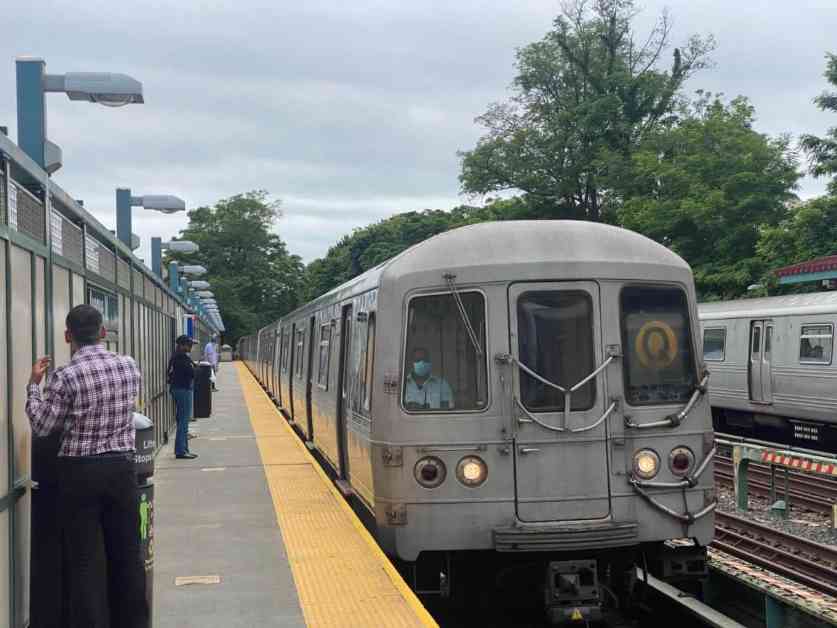NYC Transit Forecast 2025: What Changes Await?
In 2025, the NYC transit system is poised for significant changes that will impact millions of New Yorkers. From congestion pricing to fare increases and new subway cars, the upcoming year promises a mix of challenges and improvements that will reshape the way people move around the city.
Congestion Pricing: A Political Rollercoaster
One of the most anticipated changes in 2025 is the implementation of congestion pricing in Manhattan. After overcoming legal hurdles and receiving federal approval, the toll program is set to begin on Jan. 5. However, the future of congestion pricing hangs in the balance due to President-elect Donald Trump’s opposition to the program. With the looming threat of its cancellation, the fate of congestion pricing remains uncertain, leaving New Yorkers on edge.
Local lawmakers, such as U.S. Rep. Mike Lawler and Staten Island Borough President Vito Fossella, are actively lobbying for Trump to intervene and halt the toll program. Their efforts highlight the divisive nature of congestion pricing and the complex political landscape surrounding transportation policy in NYC.
A Costlier Commute Ahead
In addition to congestion pricing, New Yorkers will also face fare increases across the MTA subway and bus system in August 2025. While the exact amount of the increase remains undisclosed, past trends suggest a 4% hike, translating to a higher cost for essential public transportation services. This financial burden will add to the challenges faced by city residents already grappling with rising living costs.
The simultaneous introduction of higher tolls for bridges and tunnels connecting NYC to New Jersey further compounds the financial strain on commuters. The increased fees, combined with the fare hikes, underscore the growing cost of mobility in the city and the impact on residents’ daily lives.
Modernization and Uncertainties
Despite these challenges, the MTA is moving forward with plans to modernize the subway system by introducing new rail cars in 2025. The initiative aims to enhance accessibility, comfort, and reliability for passengers, signaling a positive development amidst the broader transit landscape’s uncertainties.
However, the capital plan funding the new subway cars hit a roadblock at the end of 2024, raising concerns about its future implementation. As lawmakers navigate the budgetary hurdles, riders may experience delays or disruptions in the rollout of essential infrastructure upgrades, highlighting the delicate balance between progress and financial constraints in NYC’s transit system.
As New Yorkers brace themselves for the changes ahead, the 2025 transit forecast presents a mix of hope and challenges that will shape the city’s transportation landscape for years to come. From political battles over congestion pricing to financial pressures on commuters, the coming year promises a dynamic and evolving transit experience for residents and visitors alike.

